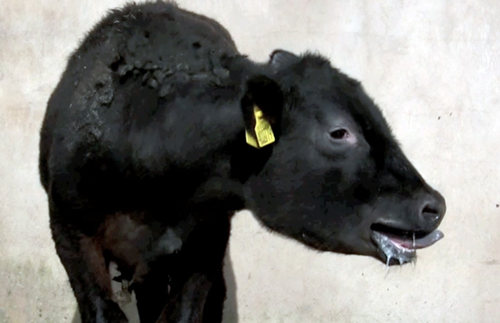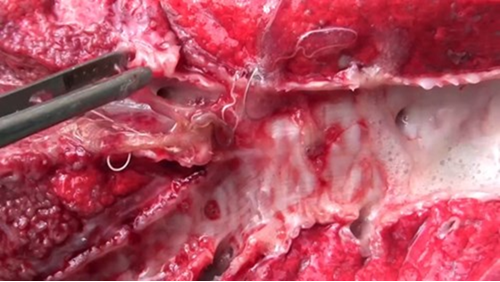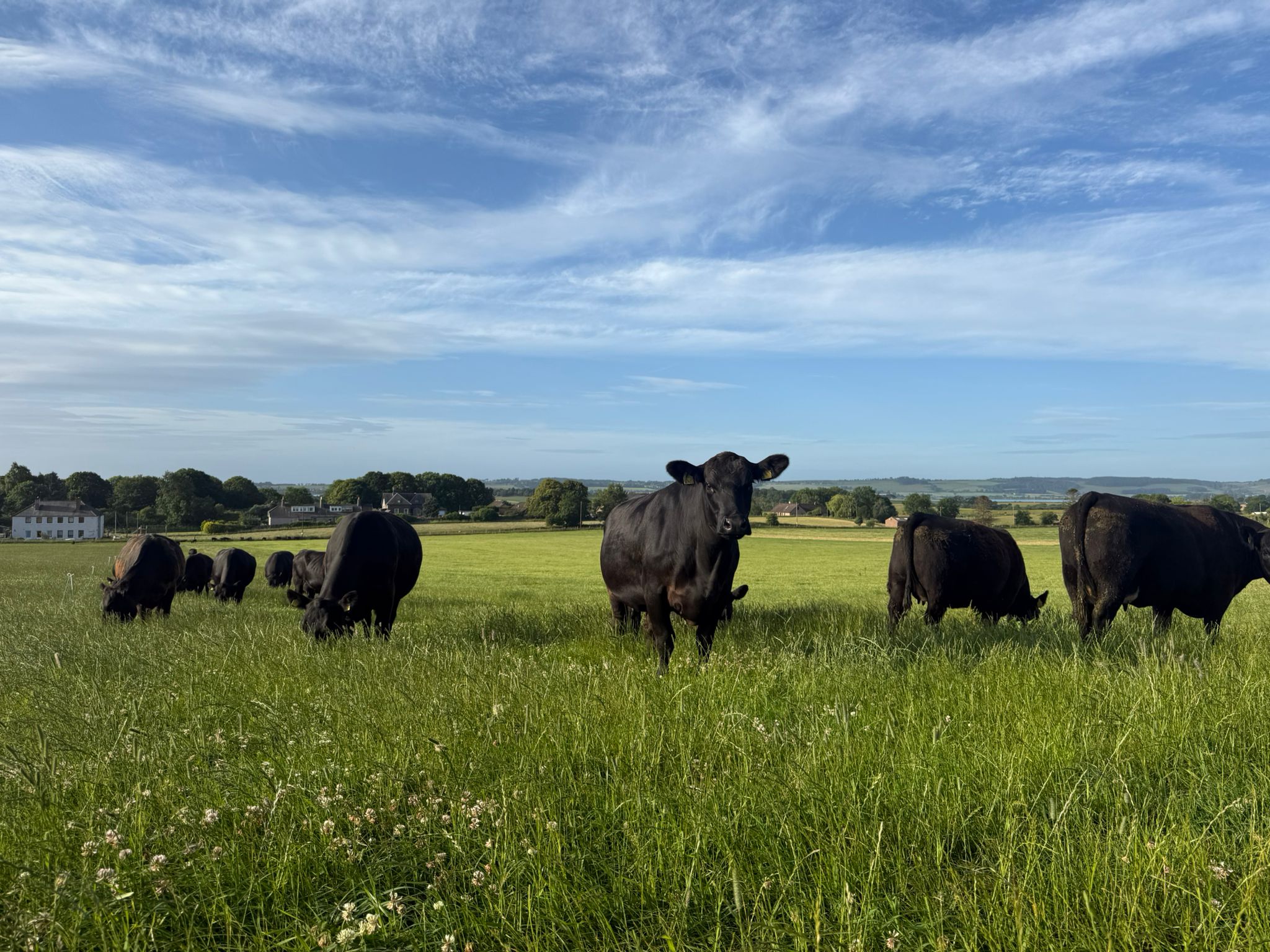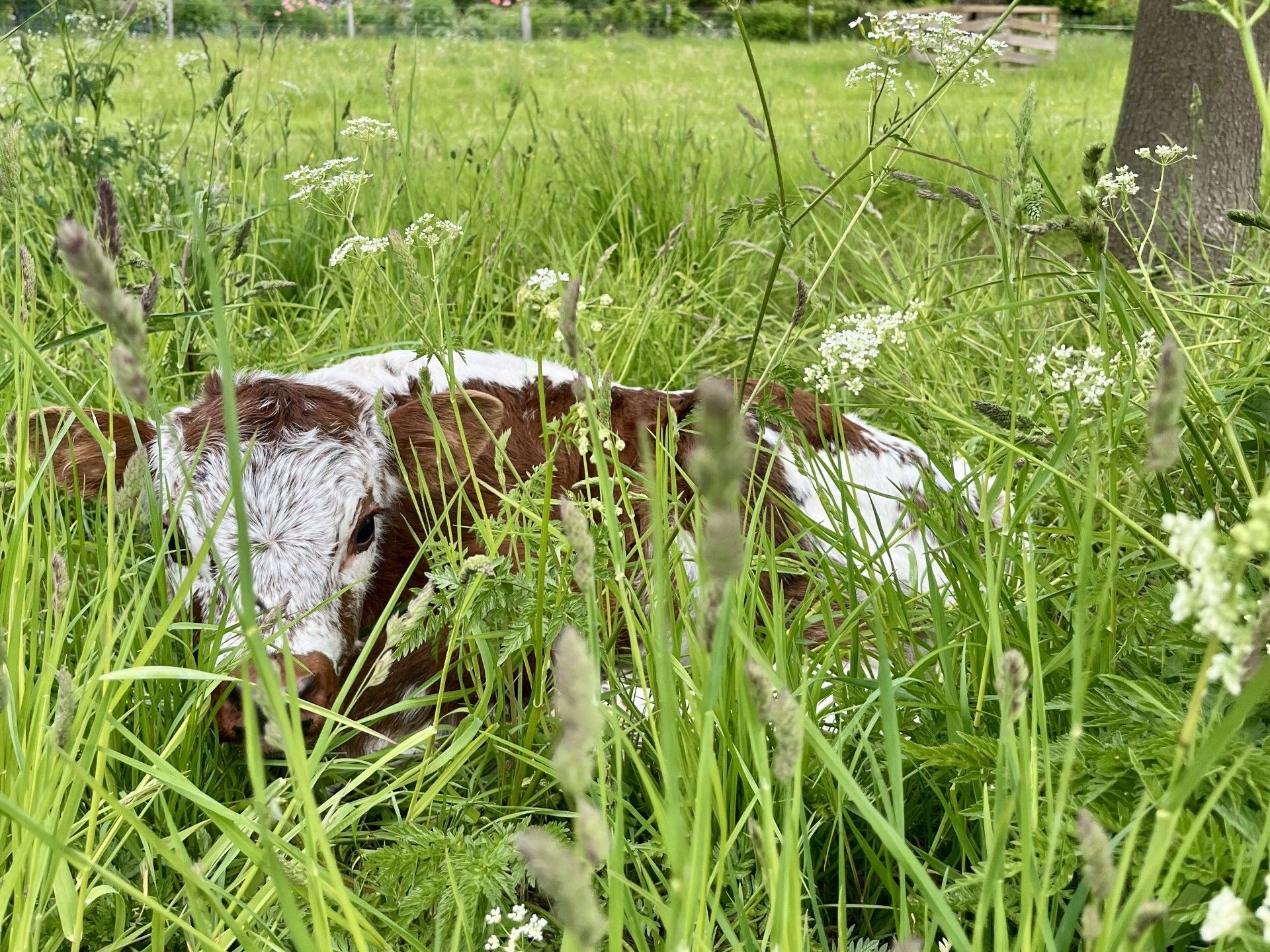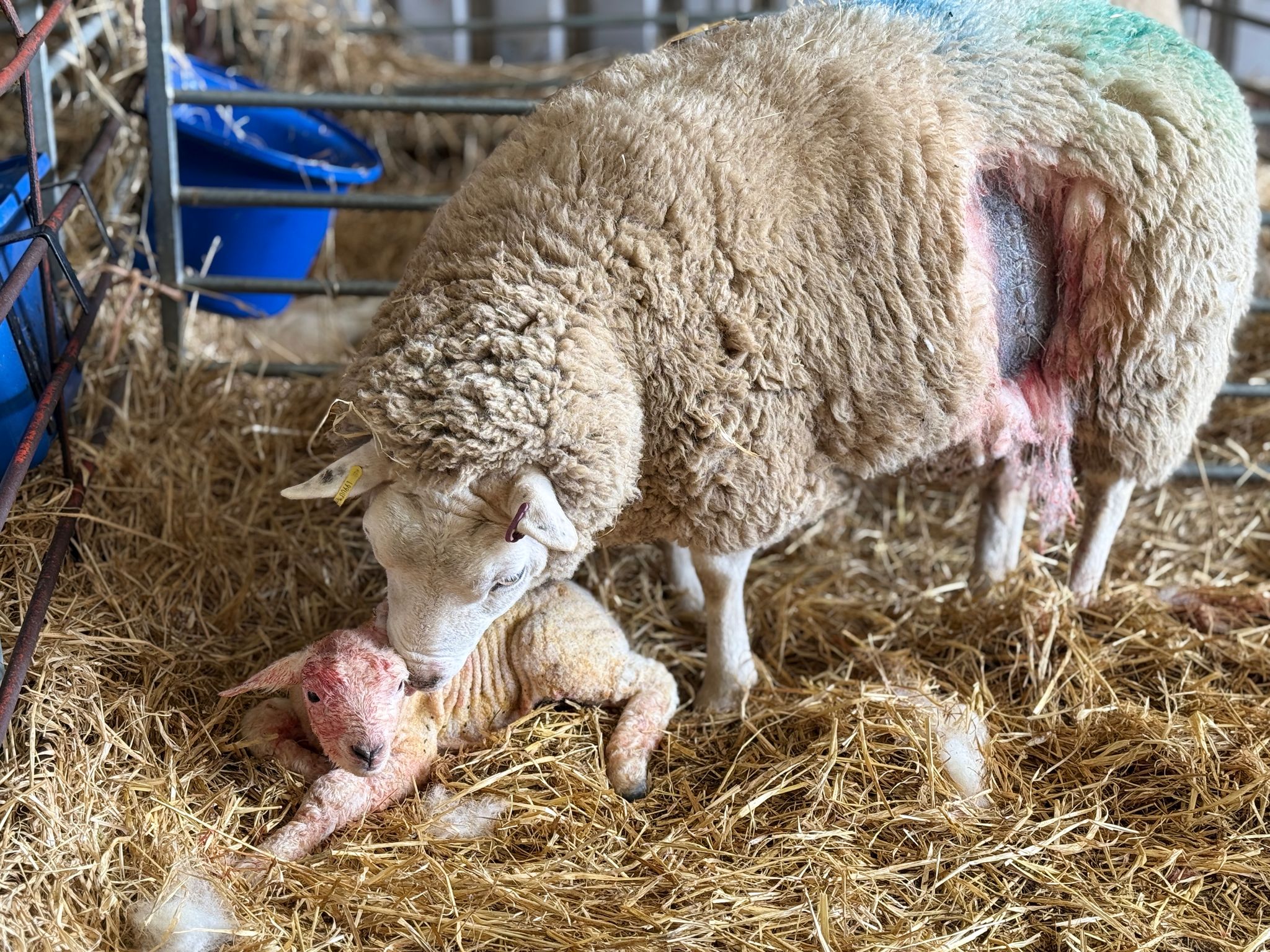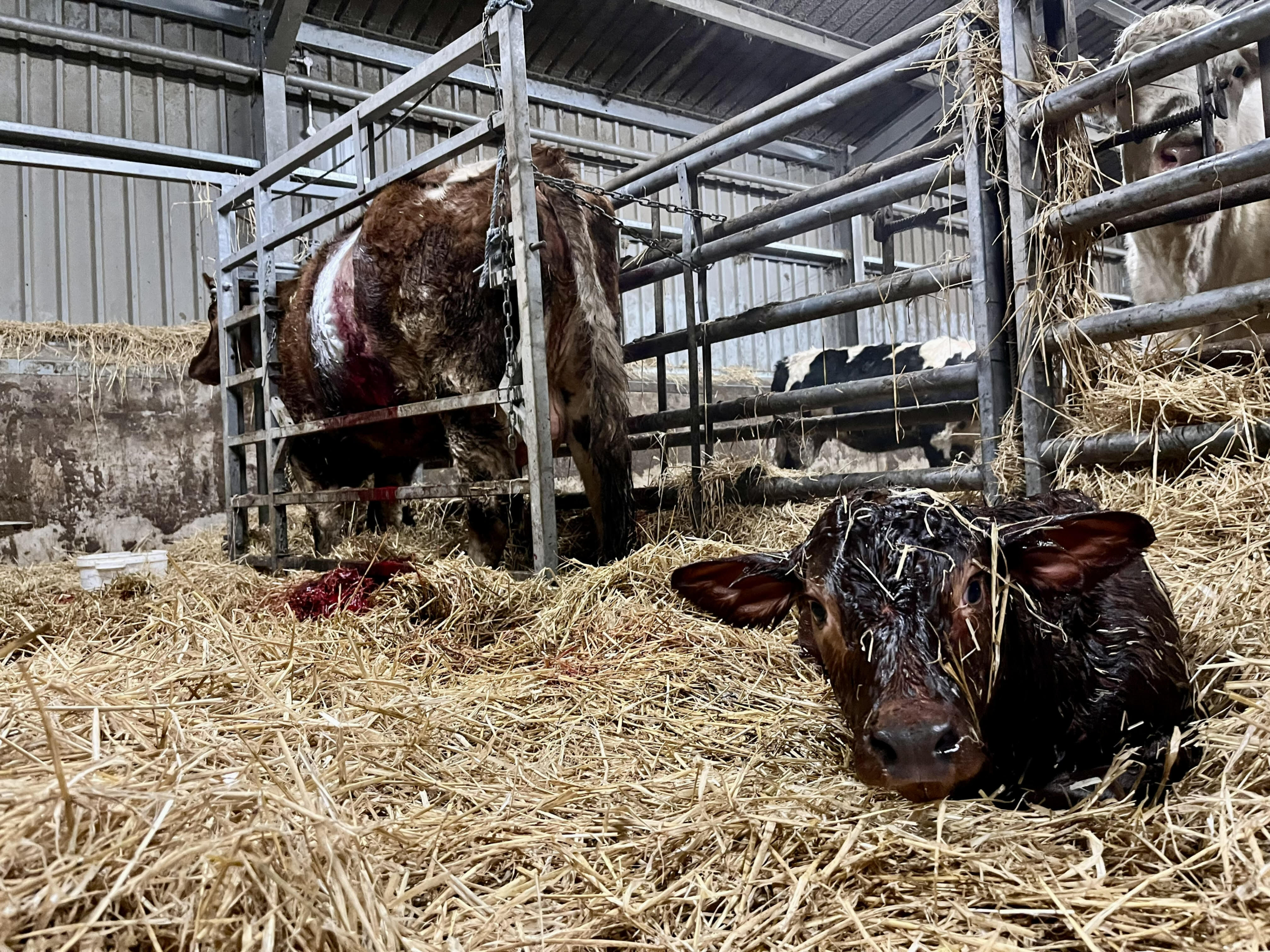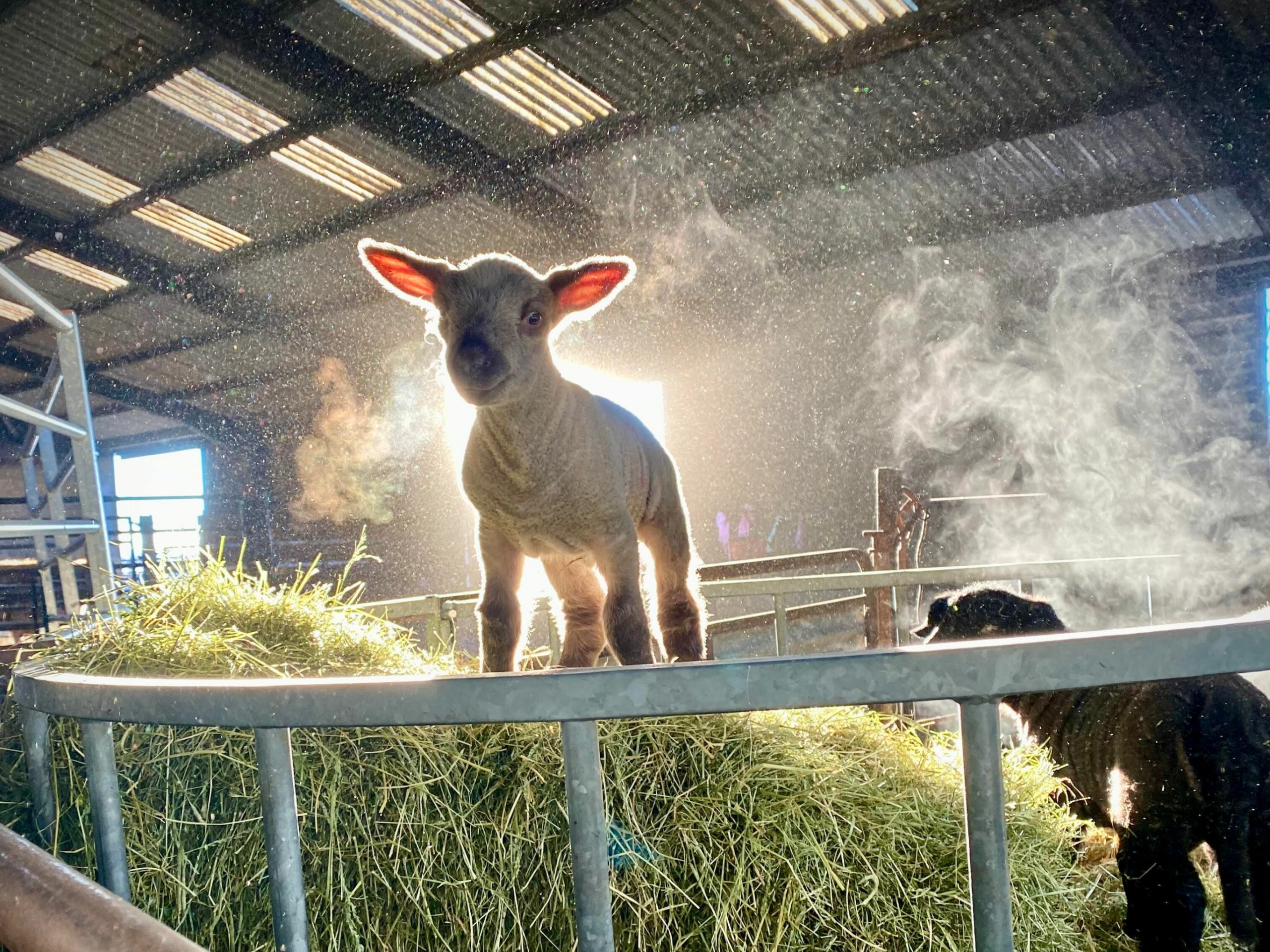Top 10 Tips for Controlling Lungworm in Cattle
Whilst we would normally expect to see lungworm problems in cattle in the late summer and autumn, now is the time to start thinking about a prevention strategy to ensure it doesn’t affect your stock come this back-end.
Lungworm in cattle is caused by the parasitic worm Dictyocaulus viviparous, which causes coughing at grass which can be severe to the point of causing death. Typically, first season grazers are affected but outbreaks can be unpredictable. The parasite is widespread but tends to be more prevalent in wetter parts of the country or following wetter summers. Cattle are infected when ingesting larvae off pasture. These then penetrate the gut wall and are transported in the blood to the airways where they mature and cause a parasitic pneumonia and block the airways.
Follow these top 10 to ensure lungworm does not affect your cattle this autumn.
1. Lungworm outbreaks can be unpredictable.
But they are more common in wetter parts of the country. So, whilst we on the east side of the country are typically less affected, there are defined areas of the practice and specific farms that most certainly are affected. In affected areas, youngstock are at risk until they develop immunity through exposure.
2. Lungworm causes coughing.
If you see coughing or respiratory distress in grazing cattle, especially first season grazers, suspect lungworm.
3. Exposed animals develop immunity to re-infection.
Lack of exposure in adult cattle may result in clinical signs. Previously immune cattle may develop signs if immunity wanes through lack of exposure.
4. Quarantine and treat all incoming cattle.
Bought in cattle can bring lungworm into a farm that previously did not have a problem. Most wormers used for gutworms will be effective at removing lungworm during quarantine.
5. Vaccination can be a powerful tool to prevent disease.
Consider vaccination for calves born into herds with previously identified problems. Vaccination can be carried out from 8 weeks of age and needs to be given as two doses separated by approximately 4 weeks. Whilst vaccination may be more expensive than wormers, it is a more sustainable approach to control.
6. Vaccination is not justified on low risk farms
On farms where there is a low level, or no disease, vaccination is not likely to be of overall benefit.
7. Wormers can be used strategically.
In at-risk herds use wormers in first season grazers to prevent build-up of infective larvae on the pasture during the grazing season. Pour on ivermectins may provide up to 28 days cover, pour on doramectin 42 days and 10% moxidectin injection up to 120 days cover. However, be aware of over-worming. Not only will this encourage resistance in gut worms, but over suppression of lungworm will mean that immunity will not develop and cattle will still be at risk in their second grazing season.
8. Response to treatment will vary according to severity of disease.
Treat affected animals with a wormer. Avoid oral treatments for severely affected animals. Return mildly affected animals to the pasture they came from. Keep badly affected animals indoors for treatment and monitoring. In severe cases, animals may still die despite appropriate treatment.
9. Severely affected animals may require additional treatment.
As well as a wormer, severely affected animals may need antibiotic and anti-inflammatory treatment – this should be discussed with a vet.
10. Work out a control strategy with Thrums Vets.
Every farm is unique in its risk to lungworm and the constraints with which it can be managed. As part of your annual health review we can help you work out an appropriate strategy or feel free to give us a phone any time to discuss.
More information about lungworm control can be found at the COWS website:
https://www.cattleparasites.org.uk/app/uploads/2018/04/Control-of-lungworm-in-cattle.pdf

